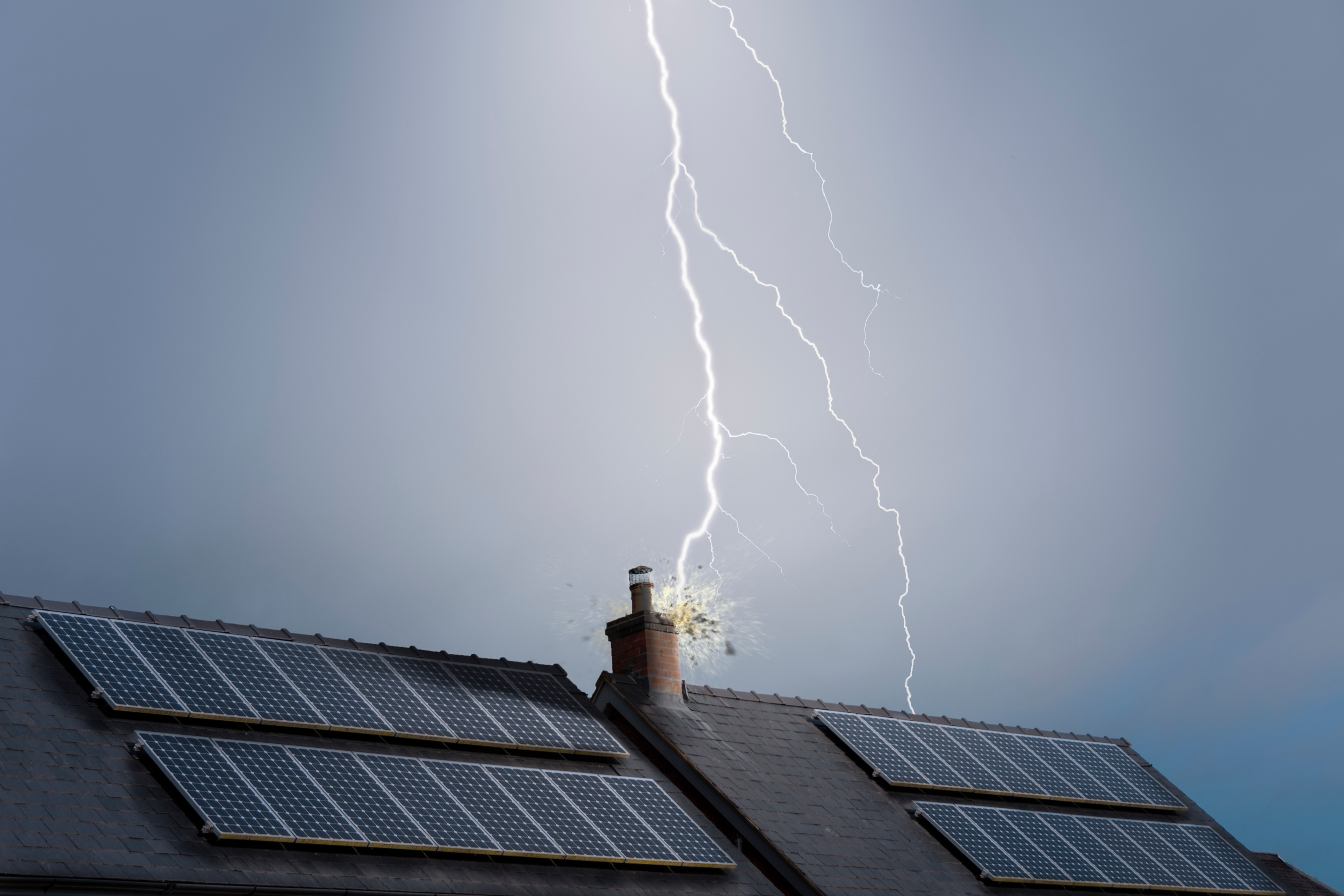We're hiring! Check out our opportunities on our careers page!
Our Office: 4100 32nd Ave. S. Fargo, ND 58104
Our Office: 4100 32nd Ave. S. Fargo, ND 58104

A power surge is an unexpected increase in voltage, and it can occur from various sources. Regardless of the cause, power surges can majorly damage electronic devices and equipment in your home.
Let’s look at common causes of power surges and how you can protect your sensitive electronics.
One of the most common causes of a power surge is lightning. Most of us have experienced this during a severe thunderstorm. When lightning strikes an electrical system, the excess current must be channeled somewhere. Unfortunately, in many cases, it’s sent through a home. Your best bet is to unplug all unused devices and electronics during severe thunderstorms.
Another common cause of power surges is electrical overload. This happens when devices or appliances are plugged into an outlet that can’t handle the required amount of voltage or if multiple devices are plugged into one outlet through an extension cord. If you’re experiencing power surges due to electrical overload, it’s time to call a qualified electrician to evaluate your home’s circuits and electrical needs.
Faulty wiring in a home can also cause power surges. Damaged or exposed wires can cause spikes in voltage, creating a potentially dangerous situation. If you notice signs of faulty wiring, like visible burns on outlets, buzzing sounds from outlets, or frequently tripped circuit breakers, your home may be due for electrical wiring repairs and updates.
Surges can also occur after a power outage. Sometimes, when electricity is being restored and reconnected, it’s common to experience a quick surge in current. Like advice for a surge caused by lightning, it’s best to unplug sensitive electronics during the outage and wait to plug them back in after power is fully restored.
Aside from unplugging devices when you suspect a power surge, there are two ways you can take additional precautions to protect electronics in your home.
Point-of-use surge protection devices, like power strips, can protect electronics during most surges. But remember, not all power strips include surge protection, so read the packaging label carefully before you buy, and don’t overload the power strip with too many devices. You can also install specialized electrical outlets that offer additional surge protection. Talk to a trusted electrician to learn more.
Another option is a whole-home surge protector, which can help protect your home from larger, more powerful surges. In most cases, whole-home suppressors are connected to your home’s service panel. They include features like thermal fuses and notification capabilities that indicate when a surge has impacted a device. Whole-home surge protection prices vary based on the size of the home and suppressor. A licensed electrician should always connect whole-home suppressors, so consider the installation cost as well.
Occasional power surges are inevitable, but by unplugging devices when you think a surge may occur and using additional levels of protection like power strips or whole-home suppressors, you can better safeguard your sensitive electronics and appliances.
Contact Cass County Electric Cooperative if you have questions about ways to protect your home from power surges.